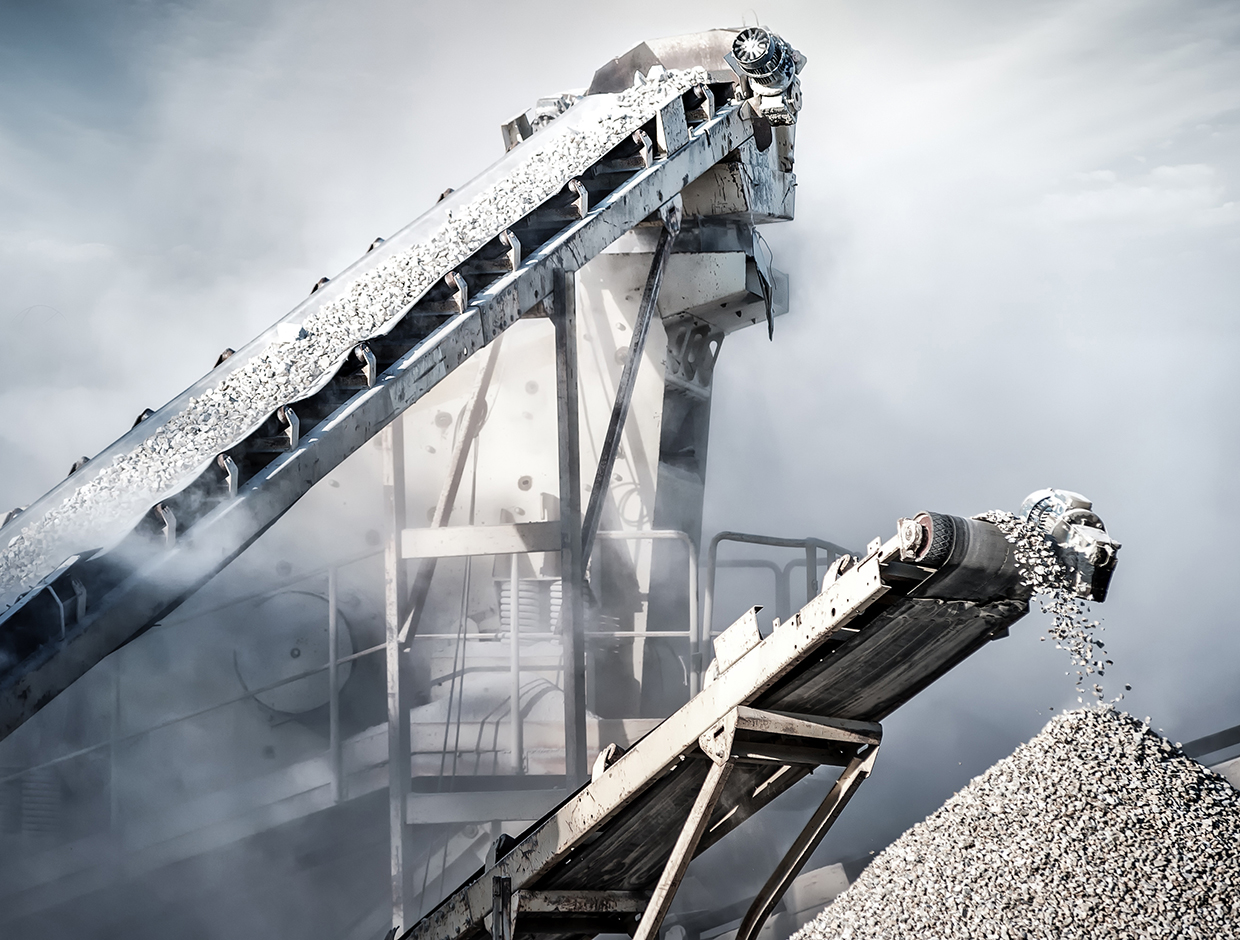Solution Challenges
01
The type of kilns and energy sources required for cement production result in high CO2 emissions (~0.6 tonne of CO2 per tonne of cement produced).
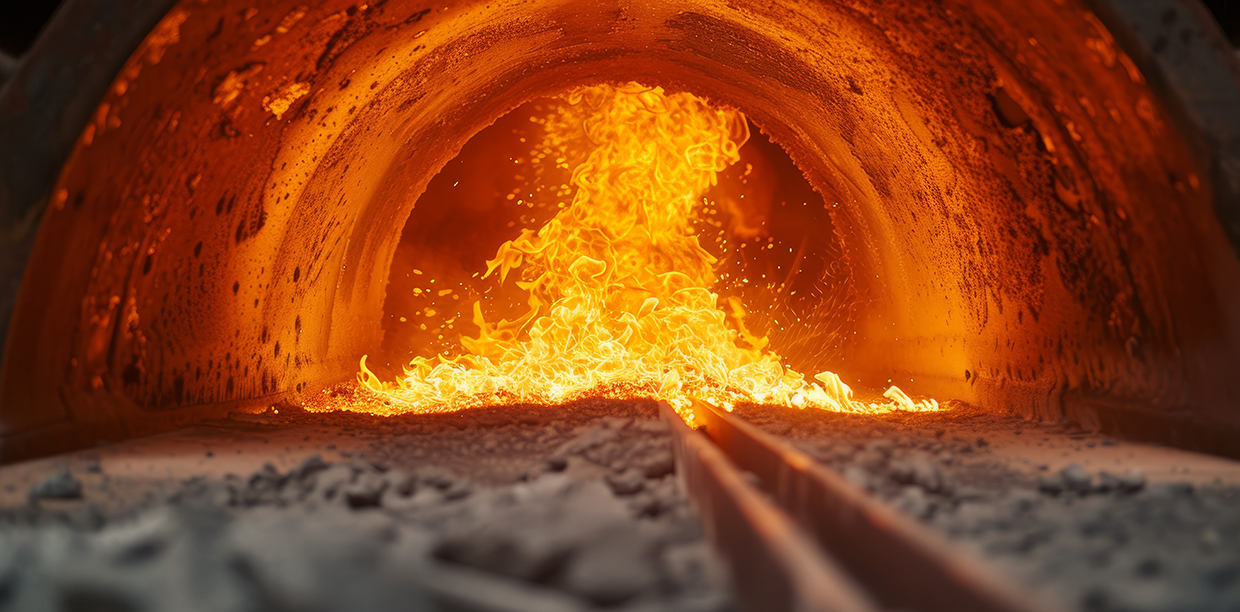
02
There are sourcing and compatibility challenges when considering alternative fuels (such as biomass, waste-derived fuels, and non-recyclable plastics).
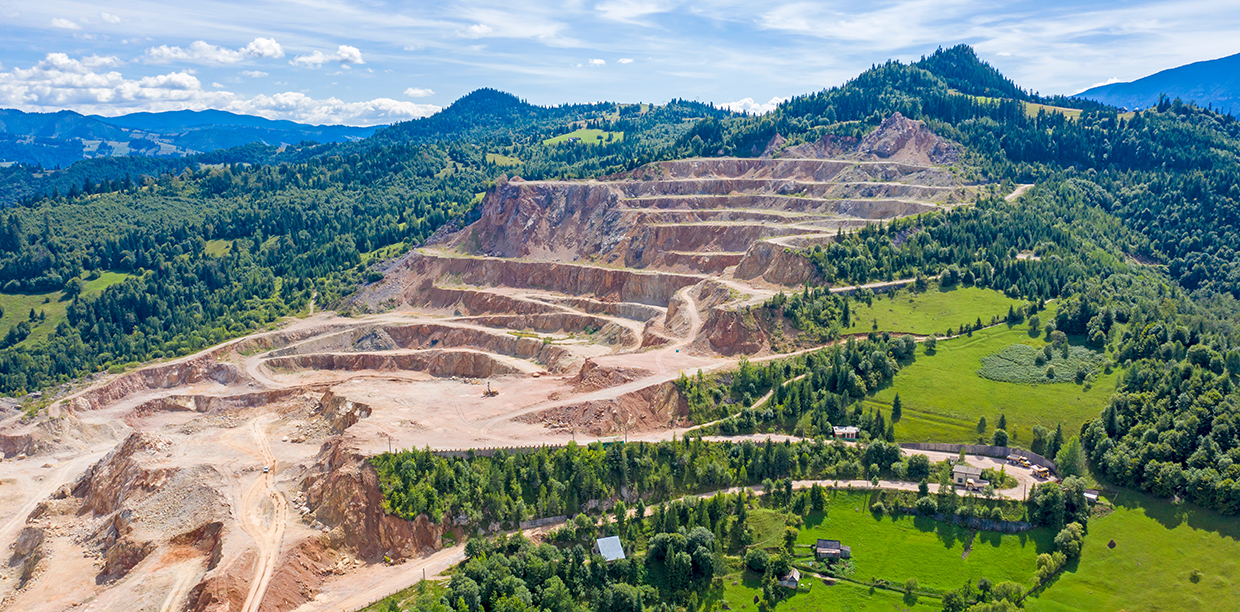
03
There is a need to invest in techniques such as – waste heat recovery, use of preheaters and precalciners, and optimizing grinding processes to improve energy efficiencies
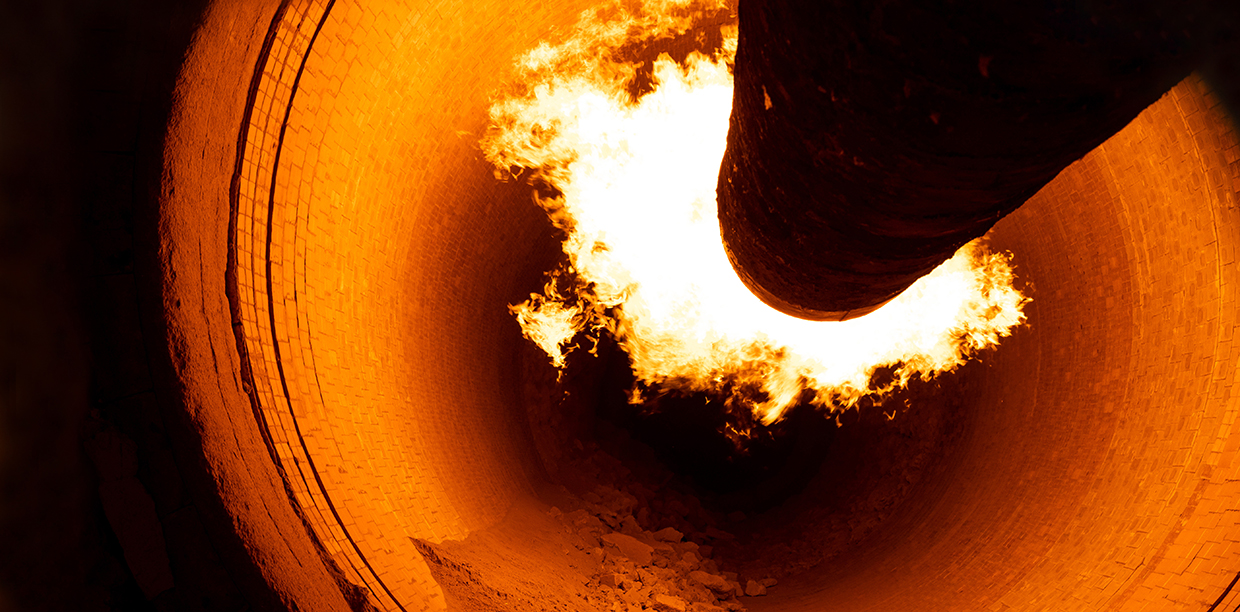
04
Carbon Capture and Storage (CCS) technologies offer a good low-carbon solution, but low operating margins present a key challenge to their financial viability.
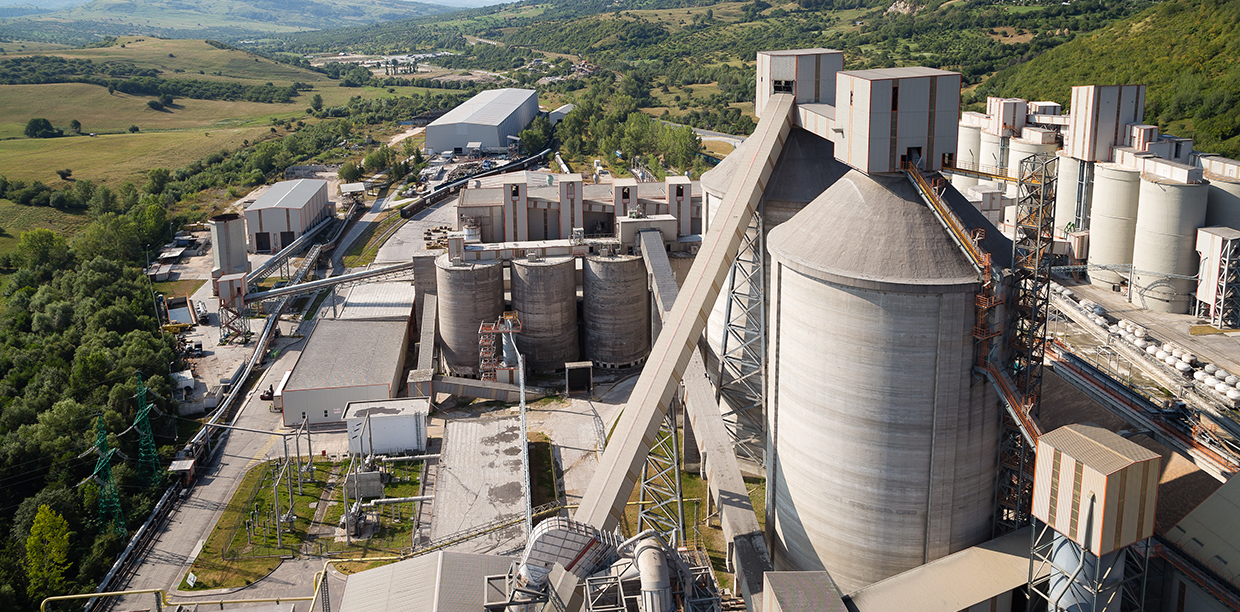
Next
Back
